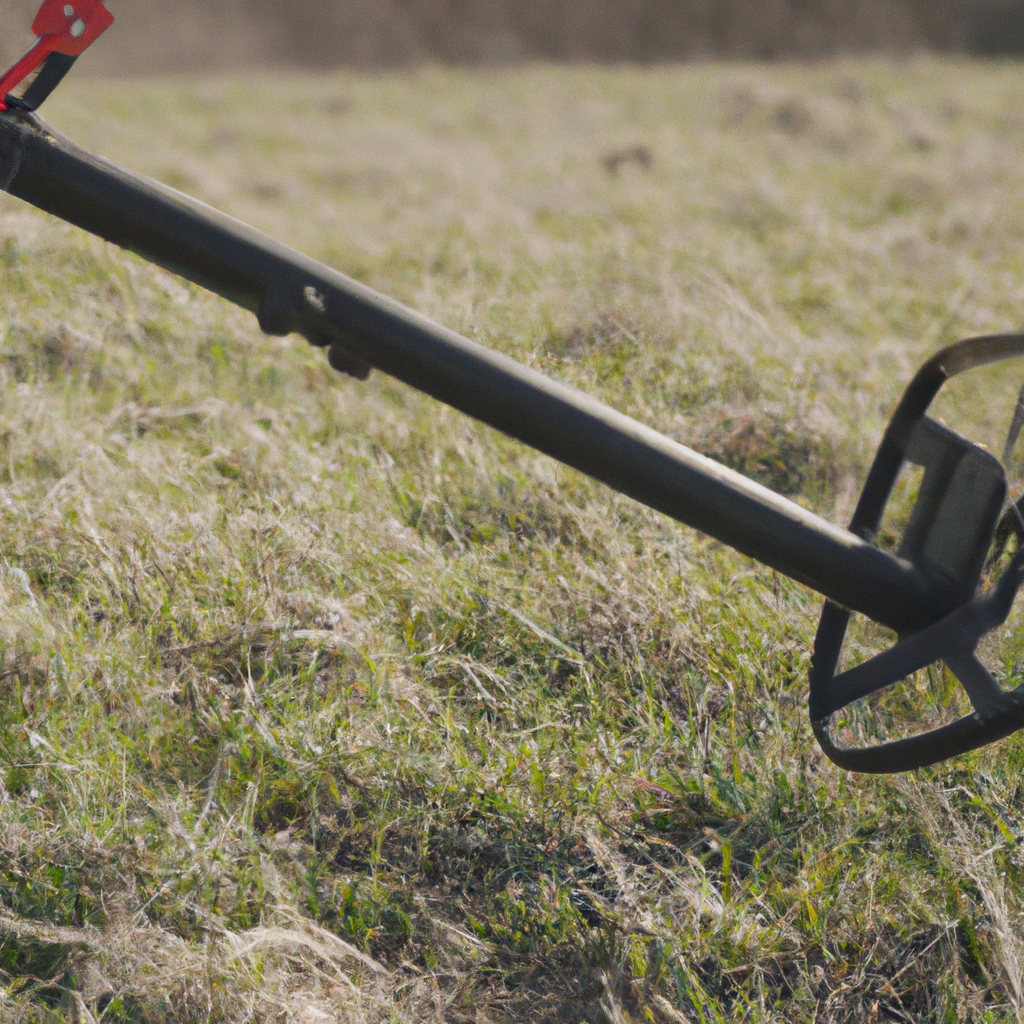Metal detecting has become a popular hobby for many people around the world. It allows individuals to uncover hidden treasures, artifacts, and other valuable items buried beneath the earth’s surface. However, for those who are new to the hobby, understanding how a metal detector works can be a bit confusing. In this article, we will explore the inner workings of a metal detector and how it is able to detect metal.
The Basics of a Metal Detector
A metal detector is an electronic device that is designed to detect metal objects hidden in the ground. It consists of three main components: the control box, the search coil, and the shaft. The control box is the brain of the metal detector and contains the electronics that enable it to detect metal. The search coil is the part of the detector that is responsible for detecting metal. Finally, the shaft is the part of the metal detector that connects the control box to the search coil.
How Metal Detectors Work
When a metal detector is turned on, it creates an electromagnetic field around the search coil. This field is generated by the control box and is sent through the search coil. When the field comes into contact with a piece of metal, it creates a current in the metal. This current creates a magnetic field around the metal, which in turn, creates a secondary electromagnetic field.
The search coil is designed to detect changes in the electromagnetic field caused by the presence of metal. When the search coil comes into contact with metal, the electromagnetic field around the coil changes. This change is detected by the control box, which signals the metal detector to produce an audio response. The audio response is what alerts the user to the presence of metal.
Ground Balance
One of the challenges of metal detecting is dealing with soil that is rich in minerals. These minerals can create interference in the electromagnetic field, making it difficult for the metal detector to detect metal accurately. To combat this issue, metal detectors are equipped with a ground balance feature.
Ground balance allows the metal detector to adjust the electromagnetic field to compensate for the minerals in the soil. This ensures that the detector is able to detect metal accurately, even in mineral-rich soil.
Target Identification and Discrimination
Metal detectors are also equipped with target identification and discrimination features. These features allow the user to determine the type of metal that is present and to discriminate against certain types of metal.
Target identification works by analyzing the electromagnetic field to determine the characteristics of the metal. This information is then used to provide an estimate of the type of metal that is present.
Discrimination works by allowing the user to set a threshold for the type of metal that is detected. For example, if the user is only interested in detecting gold, they can set the detector to discriminate against all other types of metal.
Sensitivity
Sensitivity is another important feature of metal detectors. It determines how deep the detector is able to detect metal. The higher the sensitivity, the deeper the detector is able to detect metal.
Audio Response
The audio response is what alerts the user to the presence of metal. Metal detectors are equipped with a variety of audio responses, including a tone, a beep, or a vibration.
Depth Detection
Finally, metal detectors are equipped with depth detection features. These features allow the user to determine how deep the metal is buried. This is important because it allows the user to determine whether or not it is worth digging for the metal.
Conclusion
Metal detectors are fascinating devices that are able to detect metal hidden in the ground. By understanding the inner workings of a metal detector, hobbyists can improve their chances of finding valuable treasures. With features like ground balance, target identification, discrimination, sensitivity, audio response, and depth detection, metal detectors are powerful tools that can help uncover hidden treasures and artifacts.







